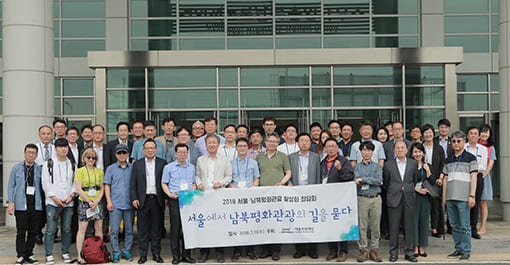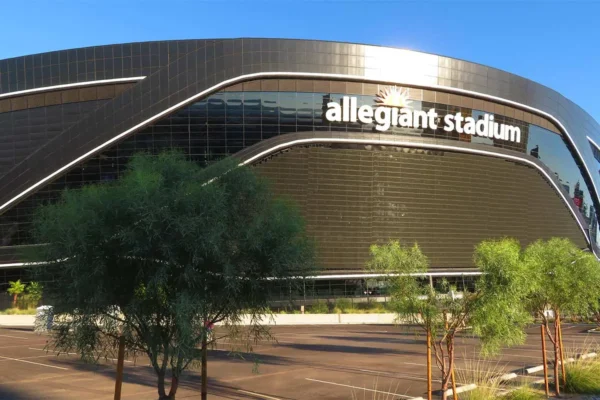Even in the tourism field, a new path for peace between North and South Korea has opened. On July 11, the Seoul Tourism Organization (STO) held the “2018 Symposium for the Revitalization of Seoul-Inter-Korean Peace Tourism” at the Seoul Center for Architecture & Urbanism. The theme for the symposium was “The Path from Seoul to Inter-Korean Peace Tourism,” and there was a site visit carried out for tourist destinations of peace in the Seoul capital area.
With the success of the inter-Korean summits, the 2018 North Korea-U.S. Summit, and of the talks of building a high-speed railway that would connect the two Koreas, there has been a sudden increase in interest from Korea and abroad for areas like Panmunjom and other regions that border North Korea. Experts are predicting major changes for the future such as the disappearance of Panmunjom and the rapid development of the area around the DMZ following a declaration of the end of war. They predict that there will be a sudden surge in demand for “an opportunity to see the world’s only divided country in person” and “a chance to get a firsthand experience of the beginnings of an era of world peace.” In preparation for the fast-approaching age of reconciliation between North and South Korea, STO organized the symposium to put together long-term plans for the development of content for peace tourism.
 There were approximately 60 participants in attendance representing associations from a variety of fields such as the travel industry, MICE and academia. There were also participants from inbound travel agencies in China, Japan, Southeast Asia, the Americas and Europe, SMA member companies and media outlets for tourism. The participants took the lead in revitalizing the development of new products by visiting landmarks related to peace tourism in the morning. The goal was to breathe new life into existing security-themed tourism products, primarily the Third Infiltration Tunnel and Panmunjom. The participants showed a great deal of interest in Camp Greaves, a new DMZ landmark that became well-known for being a shooting location for the TV drama Descendents of the Sun; and the Gyeongui Highway Transit Office, which started garnering attention after Olympic athletes from North Korea were seen passing through its gates during the 2018 Pyeongchang Winter Olympics.
There were approximately 60 participants in attendance representing associations from a variety of fields such as the travel industry, MICE and academia. There were also participants from inbound travel agencies in China, Japan, Southeast Asia, the Americas and Europe, SMA member companies and media outlets for tourism. The participants took the lead in revitalizing the development of new products by visiting landmarks related to peace tourism in the morning. The goal was to breathe new life into existing security-themed tourism products, primarily the Third Infiltration Tunnel and Panmunjom. The participants showed a great deal of interest in Camp Greaves, a new DMZ landmark that became well-known for being a shooting location for the TV drama Descendents of the Sun; and the Gyeongui Highway Transit Office, which started garnering attention after Olympic athletes from North Korea were seen passing through its gates during the 2018 Pyeongchang Winter Olympics.






























